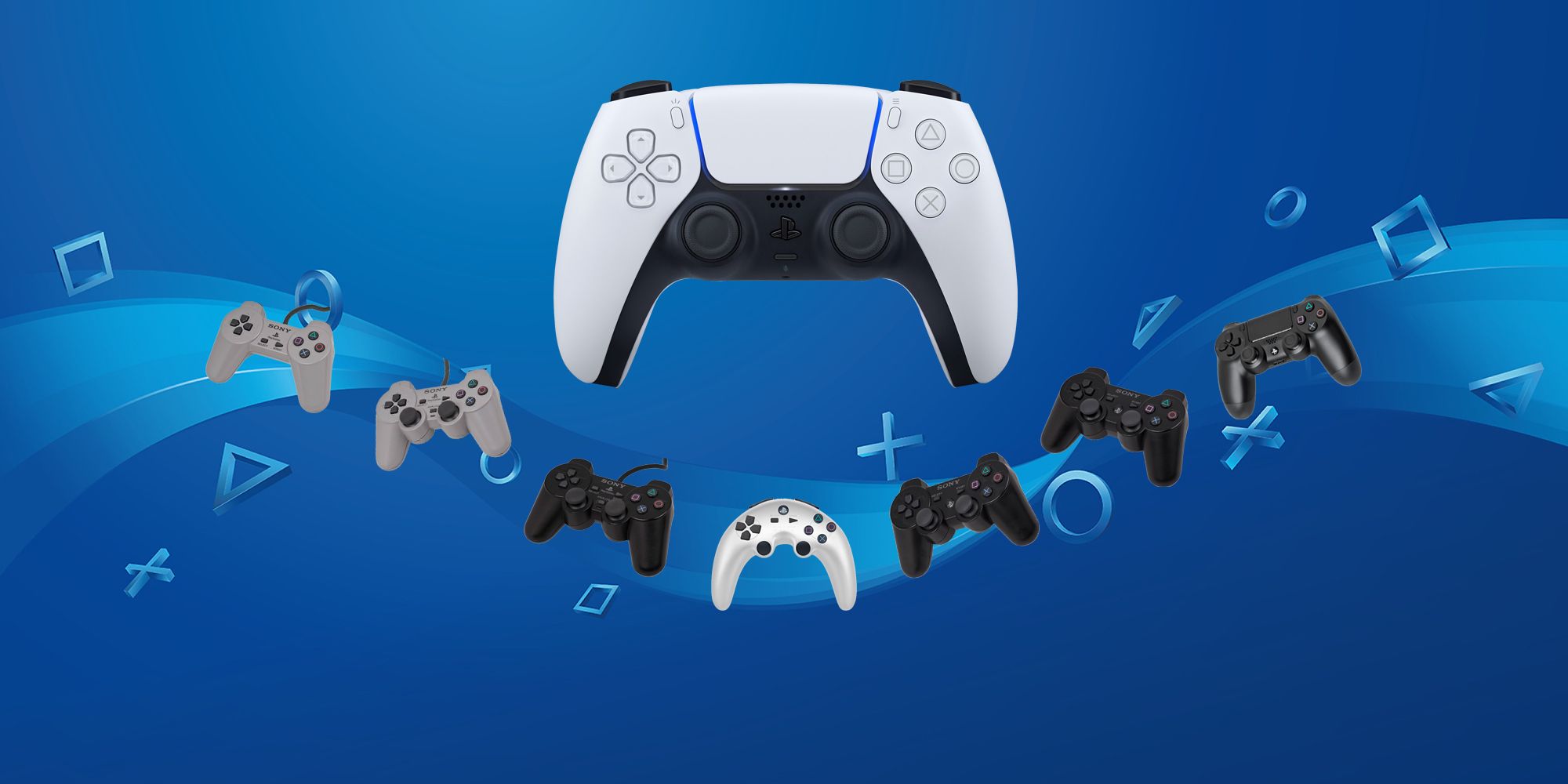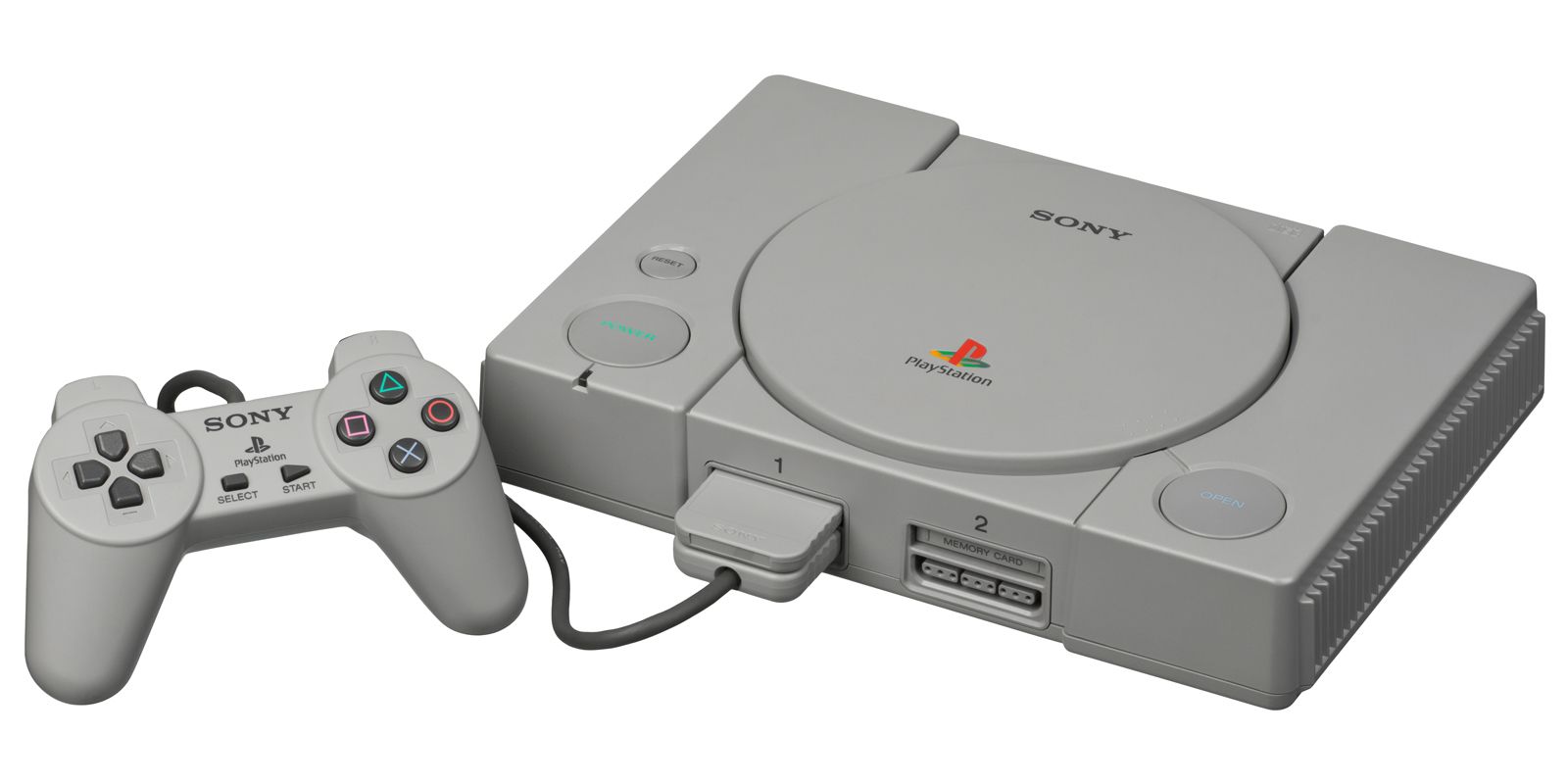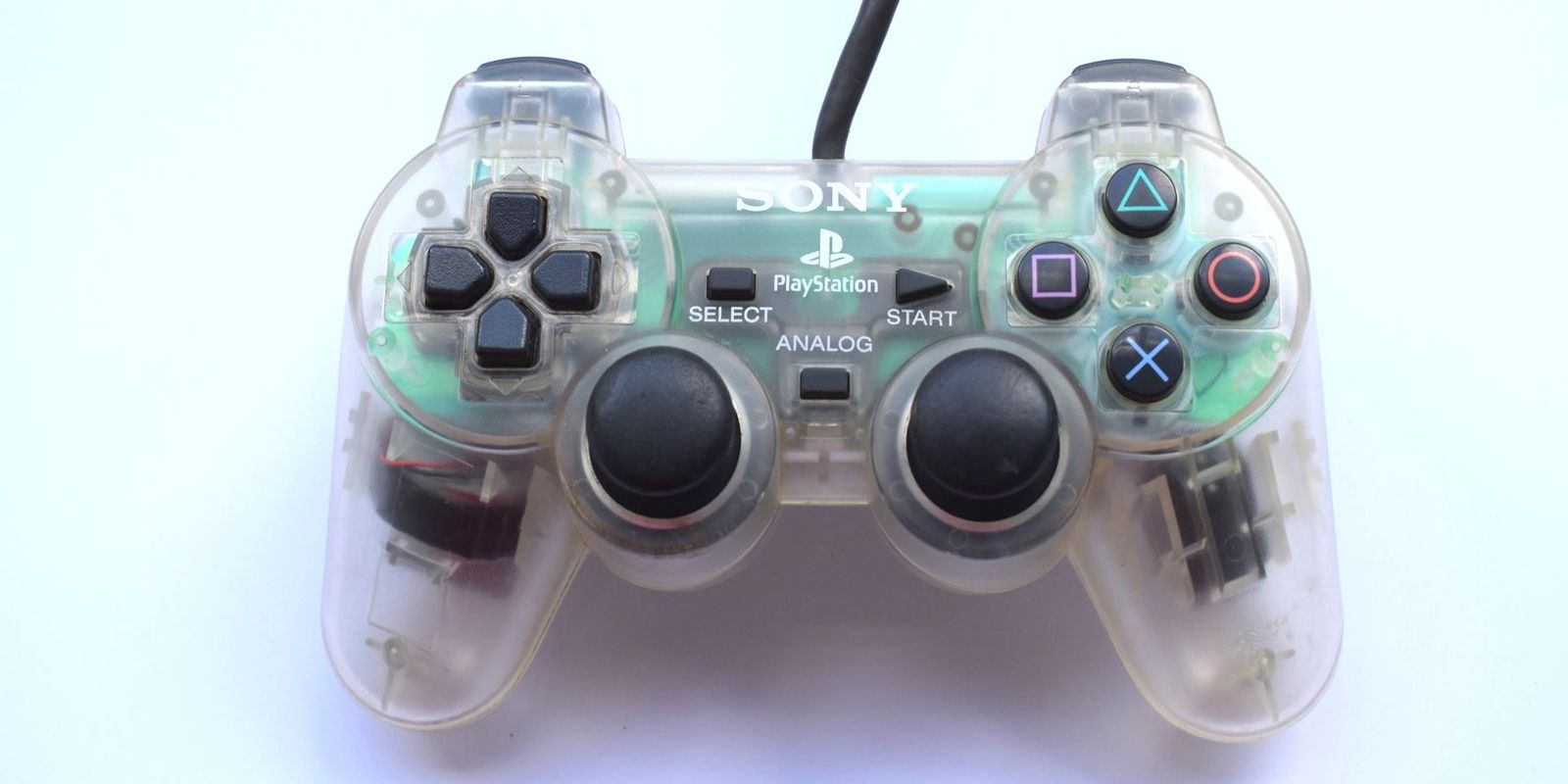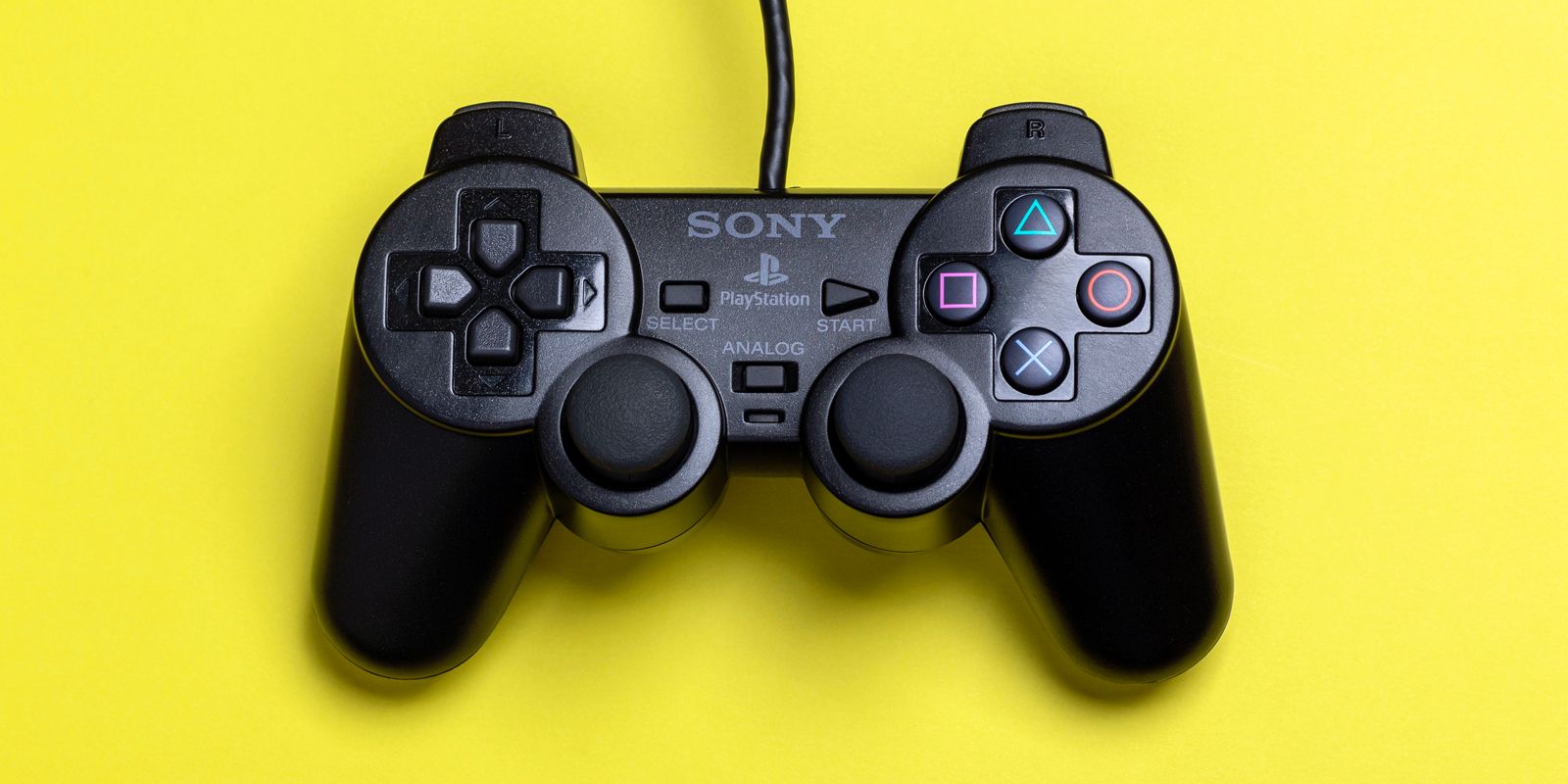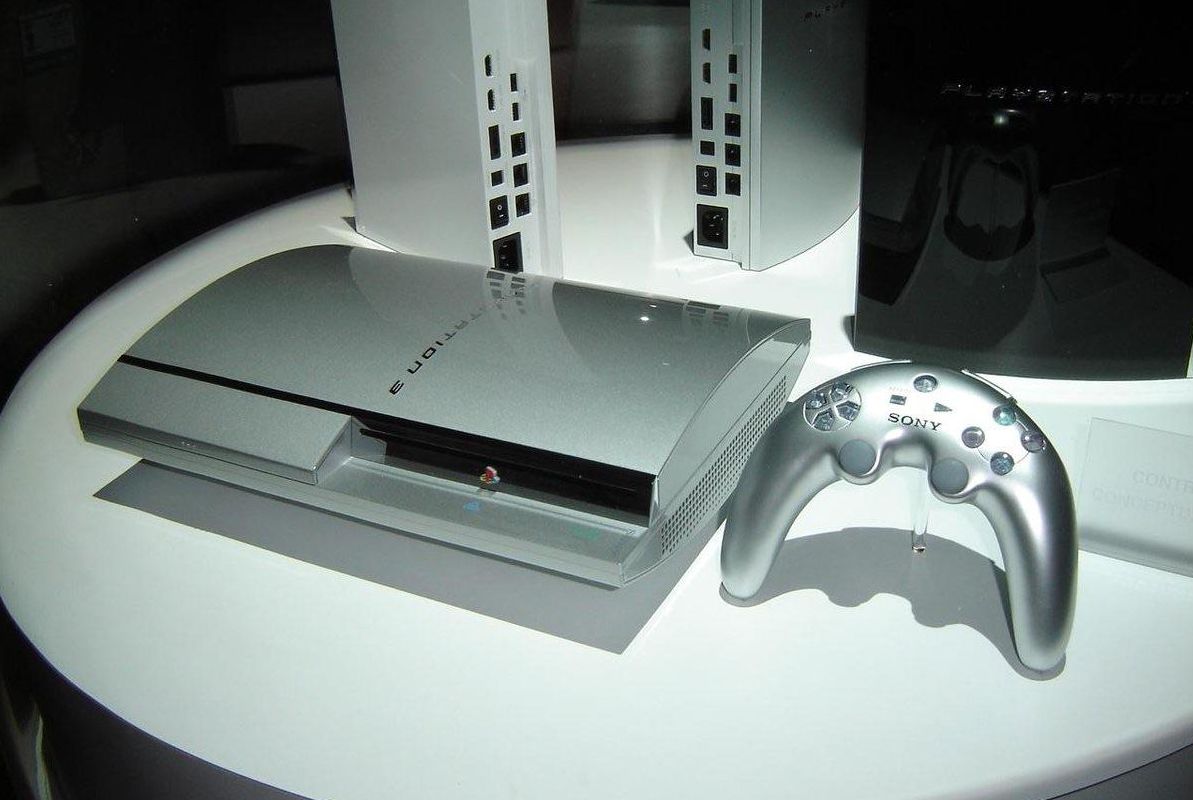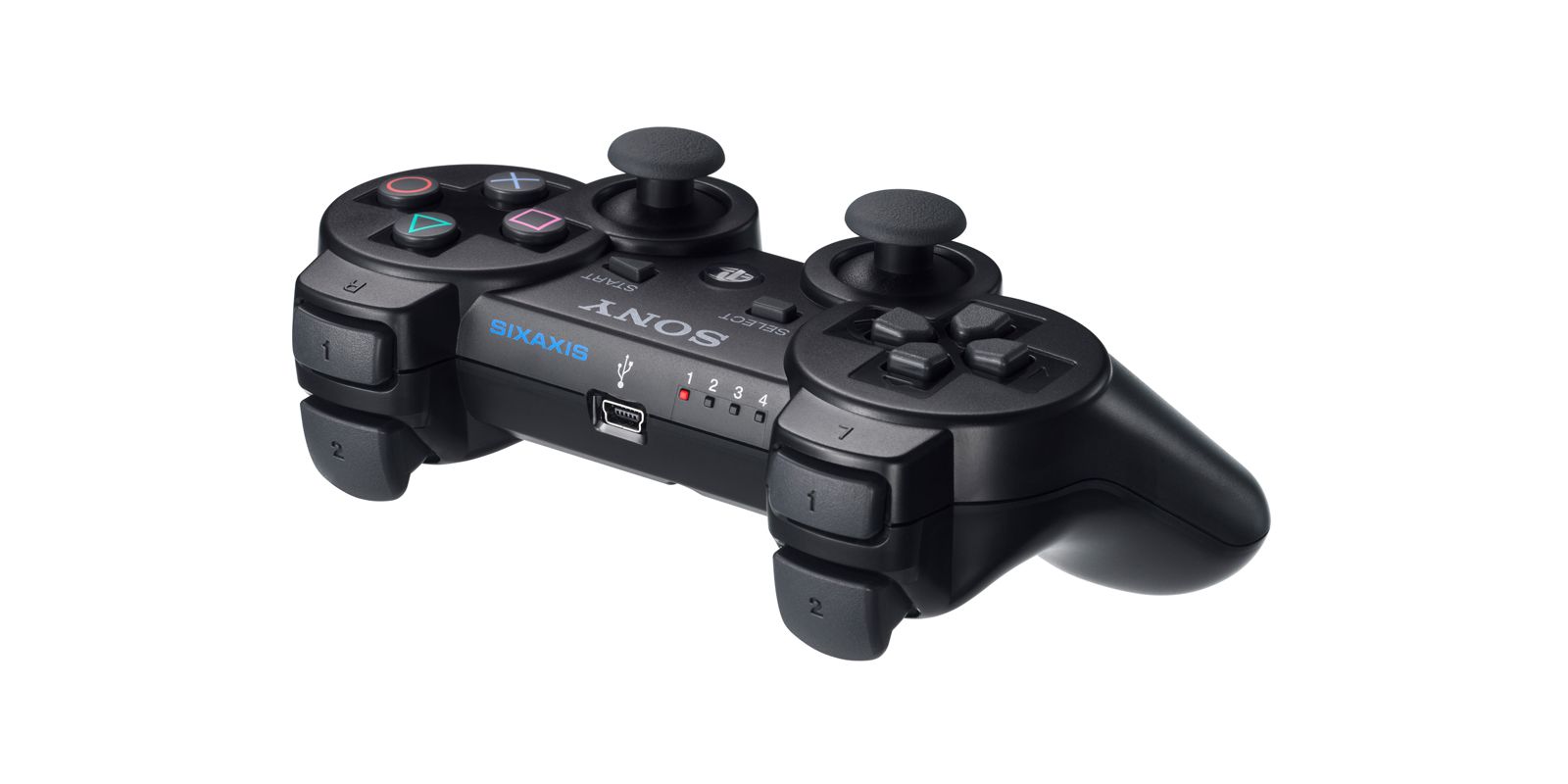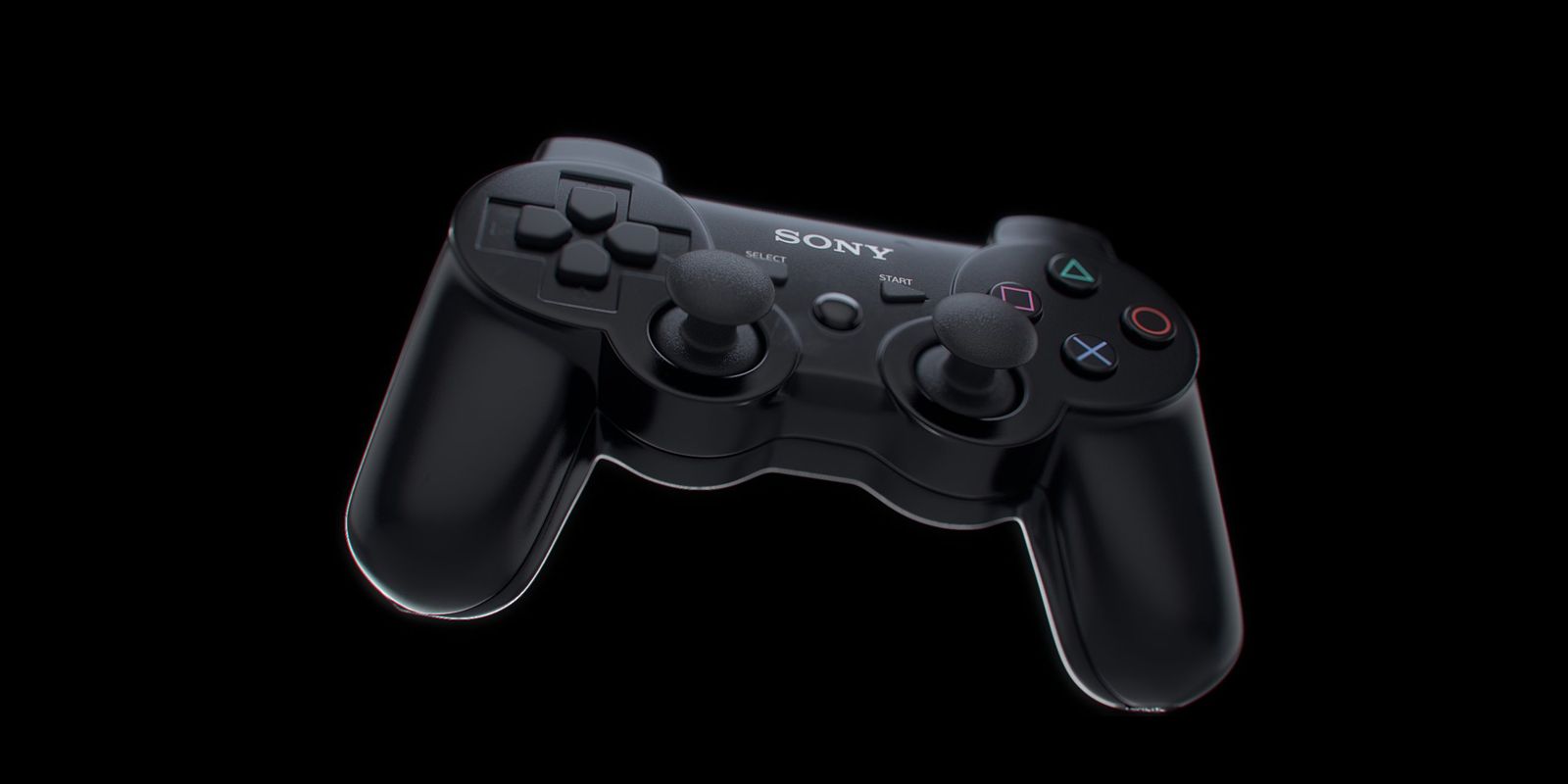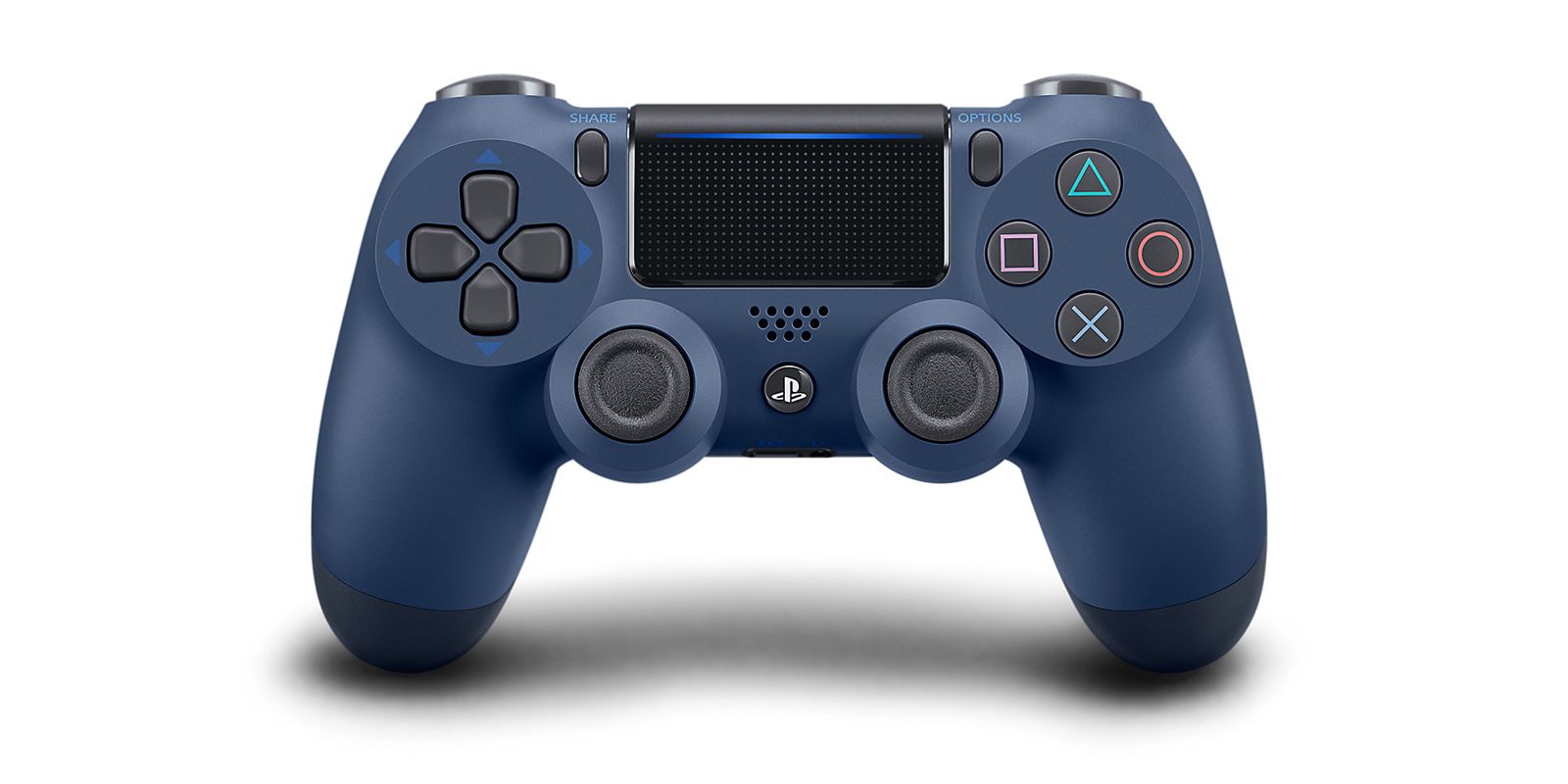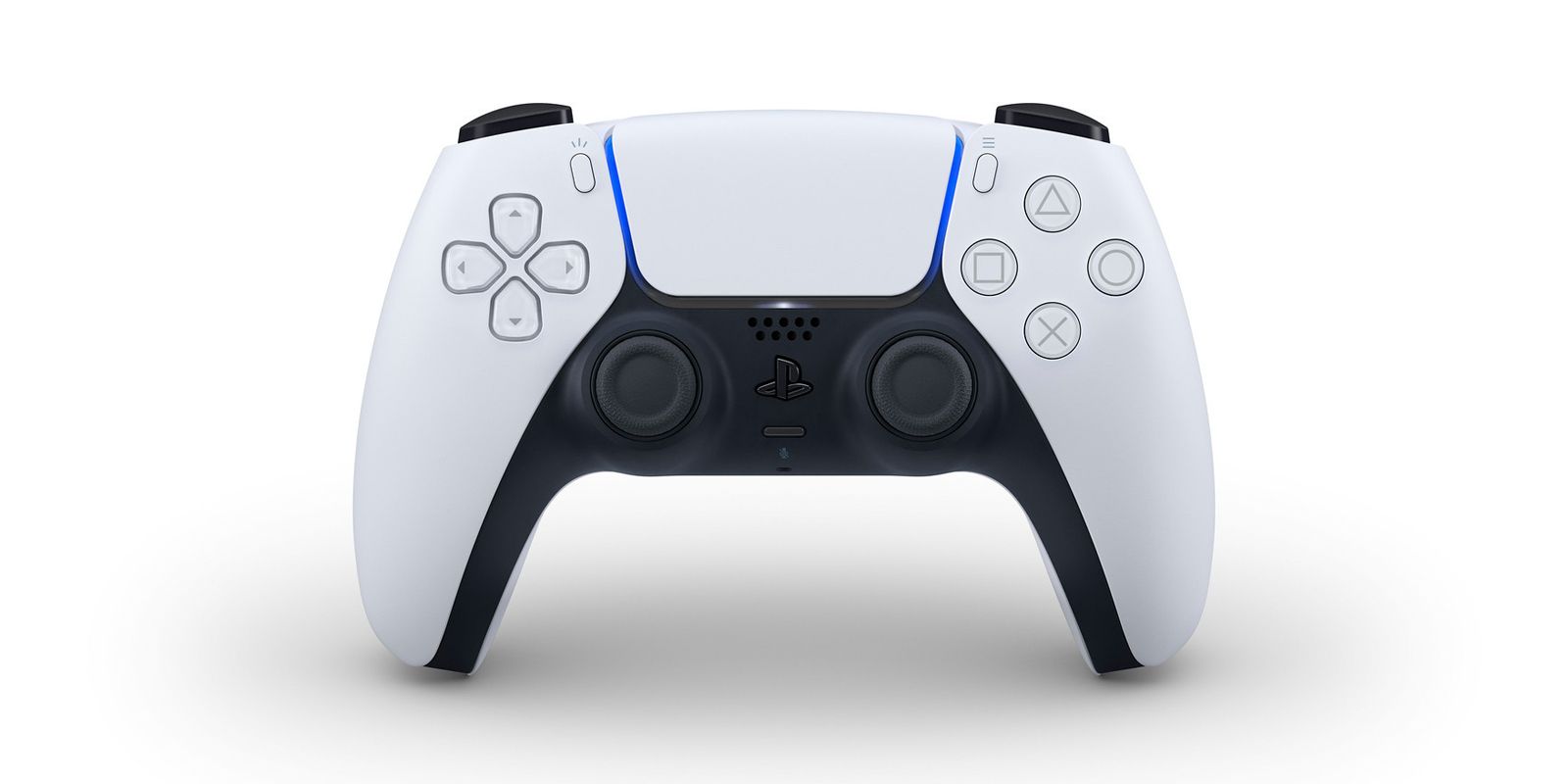With the hotly-anticipated PlayStation 5 still shrouded in mystery and it’s tentative Holiday 2020 release date looming just beyond the horizon, the PlayStation faithful have become desperate for even the tiniest shred of information regarding Sony’s next-gen console. And, in what seems like a move to temporarily satisfy this growing demand for official news on the PlayStation 4’s successor, the company surprised everyone this week by revealing the PS5’s new DualSense controller and causing the internet to explode with excitement, criticism and everything in-between.
If there’s one thing everyone seems to agree on though, it’s that the DualSense is certainly PlayStation’s most radical revision of its controller to date, both in terms of its design and the improved features Sony’s managed to pack inside. But to really grasp just how much of a step forward the DualSense is, it helps to take a step back and look at the evolution of PlayStation controllers over the years, starting from its first iteration.
1994: PlayStation Controller
The original PlayStation first released back in 1994 in Japan and came packaged with what was simply known as the PlayStation controller, sometimes referred to by its model number SCPH-1010.
Sony modeled the button layout of its first controller after Nintendo’s beloved Super Nintendo gamepad, but iterated on the design by adding a second set of shoulder buttons for navigating 3D environments and establishing the iconic geometric button symbols that have become synonymous with the brand today. It wasn’t a huge departure from currently existing controllers in the industry, but the SCPH-1010 laid the foundation for every PlayStation controller that would come after it.
1997: DualShock
As 3D games began to overtake their 2D predecessors, Sony realized that they’d need to revise the PlayStation’s controller in order to give players a more intuitive input option designed specifically for traversing three dimensions. And while they did release a version of the original controller with analog sticks in 1997, it wasn’t until the DualShock’s release later that year that Sony truly iterated on their design and created a gamepad design they’d stand by for over two decades.
The DualShock’s standout features were two rumble motors for in-game feedback, textured thumbsticks and slightly redesigned shoulder buttons for ease of use. These features would carry on throughout the DualShock series of controllers, and built-in rumble became an industry-standard moving forward.
2000: DualShock 2
In 2000, Sony released what would go on to become the highest-selling video game console of all time: the PlayStation 2. And packaged with every PS2 was the DualShock 2, a near-identical iteration of the first DualShock controller but with tweaks and design changes to bring it forward to the next generation. The most noticeable change was a new black color scheme for the controller to match the console, a choice that would remain unchanged until the reveal of the DualSense’s divisive two-toned black and white design.
Other than it’s appearance, though, the DualShock 2 was mostly just a refinement of what came before. It featured other minor tweaks, like making the overall build of the controller lighter and adding pressure-sensitive buttons to give developers more input options.
2005: Boomerang Concept Controller
Before the PlayStation 3’s official release in 2006, Sony debuted the console at E3 2005 along with a wildly redesigned concept controller lovingly referred to as the “boomerang” for its odd, curved shell. It was a complete departure from the more reserved look of the DualShock series and drew harsh criticism for both its appearance and ergonomic function. And while the bold controller design was scrapped before the PS3’s release, it showed that Sony was already looking forward to what would succeed the DualShock brand in the future.
2006: SixAxis Wireless Controller
Although Sony originally intended to launch the PS3 with an updated DualShock 3, legal issues involving the use of haptic feedback in previous PlayStation controllers resulted in the company shipping a rumble-less version of the controller and rebranding it as the SixAxis wireless controller.
Regardless of the fact that the SixAxis lacked haptic feedback at launch, it still introduced several new and exciting features like Bluetooth wireless connectivity, LED indicators, a dedicated PlayStation button, improved analog sensitivity and motion-sensing capabilities that would inspire its name.
2007: DualShock 3
After settling a lengthy legal battle over the rumble features used in their previous controllers, Sony finally released an updated version of the DualShock series, called the DualShock 3, in 2007. It was largely identical to the SixAxis controller that came bundled with the PS3, but also included the haptic feedback players had been missing since the PS2 era, along with a heavier build and the DualShock 3 branding stamped above the charging port. The DualShock 3 would go on to become the standard controller for the PS3 when the SixAxis was discontinued the following year
2013: DualShock 4
The PlayStation 4’s launch in 2013 saw a significant redesign of the DualShock controller, updating it both visually and internally for the current generation of gaming. The DualShock 4 features a streamlined shell with more rounded handles for increased comfort, a capacitive touchpad, an LED light bar for increased immersion, a 3.5 mm headphone jack and a new SHARE button for video streaming and in-game screenshots.
It was the biggest step forward hardware-wise for any PlayStation controller, improving on nearly every feature of its predecessors while adding several new functions that made the controller and user-experience unique to the PS4.
2020: DualSense
Finally, with the recently announced DualSense controller, we see that Sony’s not afraid to take big steps forward in the design department, either. The PlayStation 5’s controller sports a two-tone color scheme, along with reworked casing for improved ergonomics and a larger battery. The light bar has also been moved from the top of the controller to the borders of the touchpad, and the SHARE button has been replaced with a CREATE button to align more with its original purpose. Sony is also touting significantly improved haptic feedback and adaptive triggers, all with the goal of increasing immersion and improving the user experience.
It’s yet to be seen just how big of an improvement the DualSense controller will be over the current DualShock 4, but it’s clear that Sony is trying to push the PlayStation brand forward with a new look while maintaining and iterating on the features that made the previous controllers so beloved. And, if the DualSense is anything to go by, we can expect the PlayStation 5 itself to come with its fair share of surprises once it’s finally revealed.

